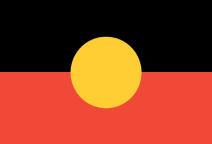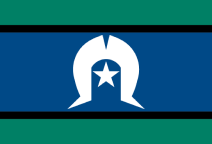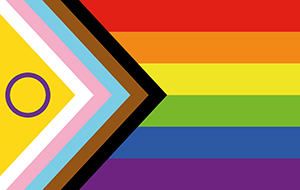Thanks to $3.2 million from the Victorian Government, the centre allows sanctuary staff to administer care and observe the recovering health of patients. This investment included $1.5 million provided through the Regional Tourism Investment Fund.
The centre features a continuous, circular flight path of approximately 100 metres and stands an impressive 6 metres tall. Inside there are wildlife wards, an intensive care unit and courtyard.
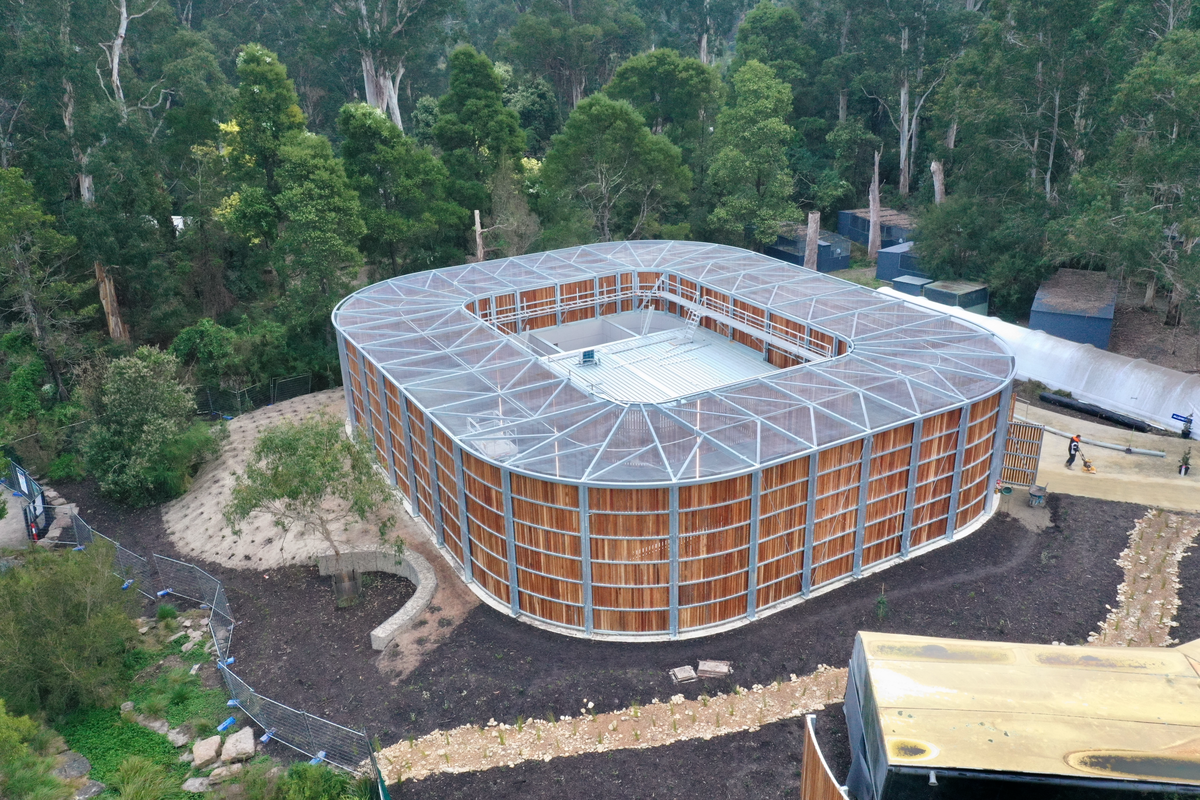
The centre supports native bird species, such as wedge-tailed eagles, hawks, falcons and owls. Raptors are a bird of prey. They use their beaks and feet to catch and kill food, so they need to be agile in their environment.
During the 2021-2022, 63 raptors received treatment at Healesville Sanctuary’s Australian Wildlife Health Centre.
Road trauma-related injuries are the most common reason for wild birds needing veterinary care.
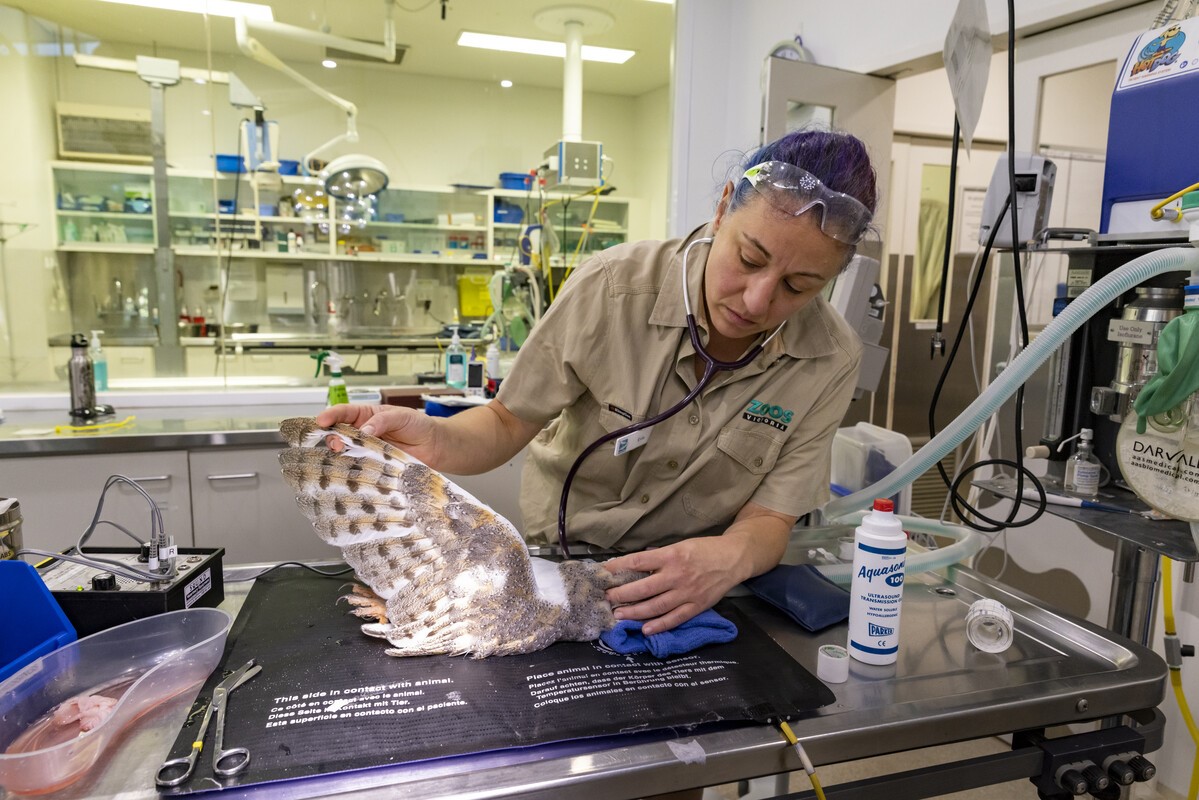
A boardwalk will enable Healesville Sanctuary visitors to see the full size of the Raptor Rehabilitation Centre. Small private groups will also have the opportunity to tour the facility when it is not in use for wildlife.
The centre also received funding from generous anonymous donors who believe in creating a future rich in wildlife.
